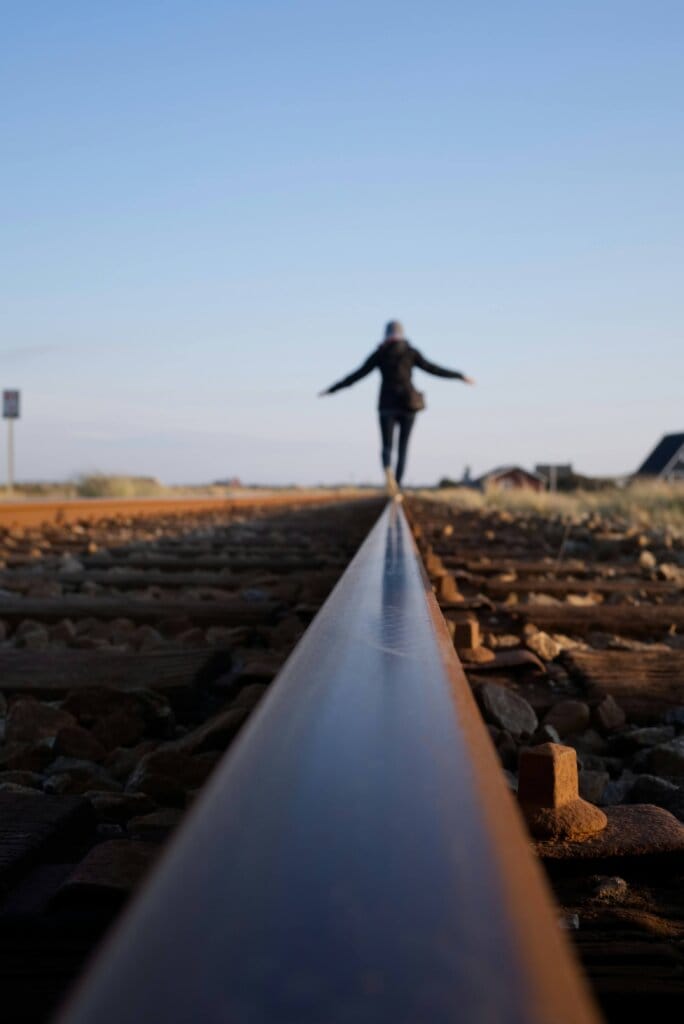
The importance of Balance and Mobility
The importance of balance and mobility.
Balance and mobility are both important aspects of our health, and are essential for keeping us moving well, especially as we get older.
Having good balance and mobility helps to prevent falls in those who are older or more frail, but can also can help to prevent injury in those who are younger, or more active.
Balance is a complex thing, and depends on several inputs from the body – our inner ear, our vision, and our body’s sense of where it is in space (Proprioception).
How poor balance affects us
Falls risk
As we get older, we can end up with an increased risk of falling. Having good balance can help the body to adapt to unexpected changes in position, such as tripping, and to help us carry out day-to-day tasks safely. Reducing your falls risk will also reduce your risk of injury.
Recovery from injury
Better balance has been shown to help the weight of the body to be moved and distributed more evenly, putting less strain on joints as you move. Keeping good balance and mobility can help faster recovery from injury too.
Increasing confidence
Maintaining balance and mobility will make you feel more confident when moving about. If you feel more stable, and less like you may trip or fall, it can improve your quality of life, as you will be less worried about falls or injury. Good balance can also lead to better posture too!
The good news is, anyone can work on balance and mobility, at any age and at any stage.
There are two main types of exercises you can do to improve balance. These are static (standing still) and dynamic (moving). Most are relatively simple to do, and may can be incorporated into your daily routine.
Static exercises
- One great exercise that is very easy to do, is simply standing on one leg. A great time to do this, is if you are waiting for a kettle to boil. Try standing on one leg for a few seconds, hold on to the edge of the worktop lightly if you feel you need a little bit more stability to begin with.
- Another simple exercise is standing with one foot directly in front of the other, with the toes of the back foot touching the heel of the front foot. Again, lightly hold on to a surface in the first instance if you feel like you need a little support.
- You can also try heel raises. Lift your heels so you are standing on your tiptoes, and hold for a few seconds. As above, if you need some support, hold on to the edge of a worktop or place your hand onto a wall for stability.
Dynamic exercises
- Heel-toe walks. This is a dynamic progression of the heel to toe standing exercise. Walk forwards placing each foot directly in front of the other, heel to toe. Again, if more stability is needed, walk along a wall or worktop and use this for a little help balancing.
- Side-to-side steps – stand on the spot and step out to the side with one leg. Bring the other leg across to join the first. Step back and forward a few times each side. As before, hold on to a surface if needed.
There are loads of great resources online for help with balance and mobility. We’ve picked a couple out here and here.
Remember – if you’d like our help, then get in touch here.
Anna Conway
BSc (Hons), MCPod, SRCh, PGcert Podiatry
Owner, Lead Podiatrist

